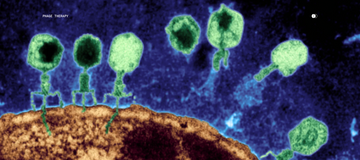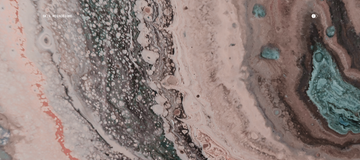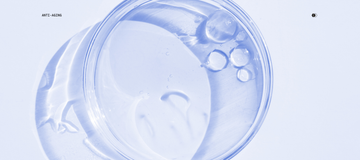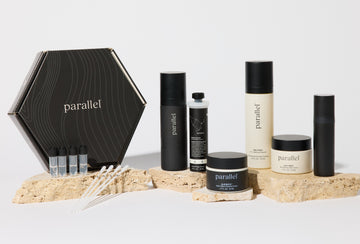Your skin is home to trillions of microscopic residents—bacteria, viruses, fungi, and other microorganisms that form a complex ecosystem more diverse than a rainforest; this ecosystem is called your skin microbiome. This summer, as you plunge into pools and ocean waves, note that you'll be subjecting your skin microbiome to dramatic environmental shifts that could reshape your skin's health for months to come.
Chlorine Shock
Step into a swimming pool, and you've entered a chemical battleground. Chlorine doesn't discriminate; it eliminates harmful pathogens and beneficial bacteria with equal efficiency. Within just 10 minutes of pool swimming, researchers tracking microbial populations found significant reductions in skin bacterial diversity, with some protective species requiring a full day to bounce back.
But the disruption runs deeper than simple bacterial loss. Pool water fundamentally alters your skin's chemistry, shifting its naturally acidic environment (pH 4.5-5.5) toward alkaline territory. This seemingly small change dismantles what microbiologists call the "acid mantle"—your skin's first line of defense against unwanted microbial invaders.
The irony? While chlorine eliminates most bacteria, certain hardy species thrive in treated water. Chlorine-resistant, sometimes pathogenic, organisms like Mycobacterium can colonize your temporarily disrupted skin ecosystem.
Ocean Swimming: A Living Soup
Ocean water tells a completely different story. Each milliliter contains roughly one million bacteria—a concentration that transforms every swim into a massive microbial exchange program. When researchers followed surfers before and after ocean sessions, they discovered that marine bacteria don't just wash over skin; they actively establish temporary residence.
The ocean introduces your skin to bacterial species that exist nowhere on land. Vibrio bacteria, native to marine environments, can briefly join your skin's microbial community. While this might sound concerning, most marine bacteria prove harmless to healthy skin, and some may even offer protective benefits.
Seawater brings unexpected advantages, too. Its natural salinity provides gentle antimicrobial action—effective enough to reduce harmful bacteria while remaining far kinder to your skin than chlorine. The mineral cocktail in seawater, rich in magnesium and potassium, may actually support your skin's barrier function and overall health.
So between pool swimming and ocean swimming, we'd vote for the ocean!
Microbiome Recovery
If you have generally healthy skin with normal skin barrier function, you can expect your skin microbiome to recover from negative microbial changes within 1-7 days. However, if you're going into pool water or contaminated ocean water every day and/or your skin barrier is damaged, it may take weeks, or even months to regrow the beneficial bacterial populations that you once had.
Smarter Skin Health
Understanding microbial dynamics unlocks optimized skin health. Rather than accepting whatever changes summer swimming brings, you can now take a precision approach to managing your skin's ecosystem.
This starts with understanding your baseline. Parallel's Quantitative Microbial Analysis™ (included in the MD-03 Protocol™) can reveal exactly which bacterial species populate your skin before swimming season begins. As summer progresses, consider ongoing monitoring to make sure your skin microbiome is intact and recovering well.
If your microbiome is being negatively affected by your summer activities, Parallel offers precision phage therapy to support skin health. That is, Parallel provides targeted bacteriophages to eliminate problematic bacteria while preserving beneficial species. Think of it as engineering your skin microbiome—creating a more balanced, resilient microbial community that can better withstand the stresses of summer swimming.
Don't know where to start? Take our quiz or reach out to us at hello@parallelhealth.io.




























